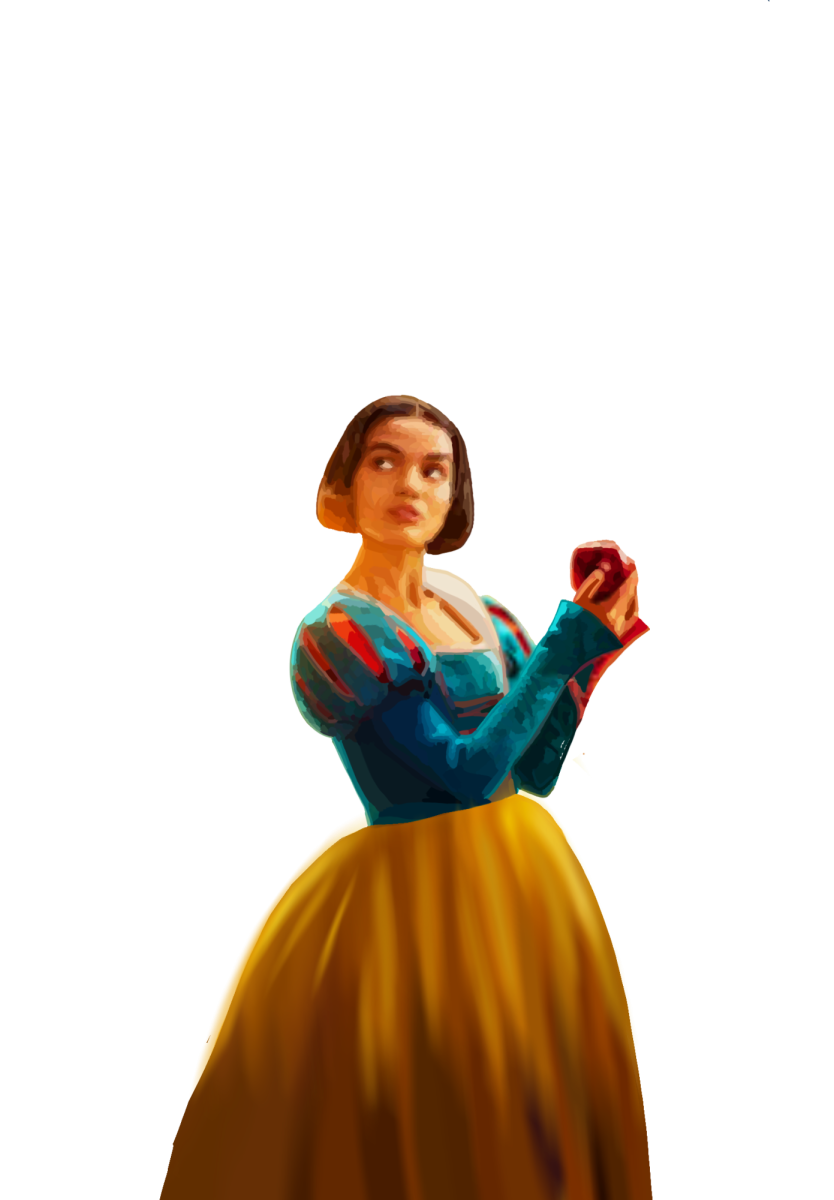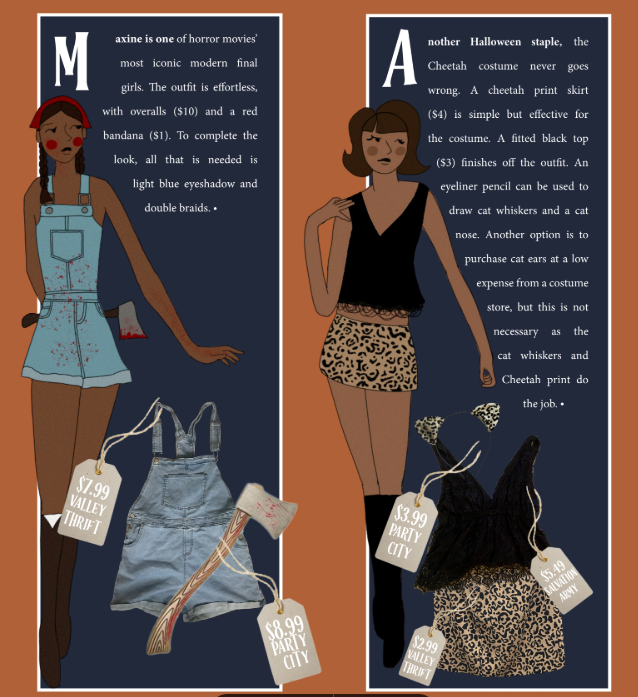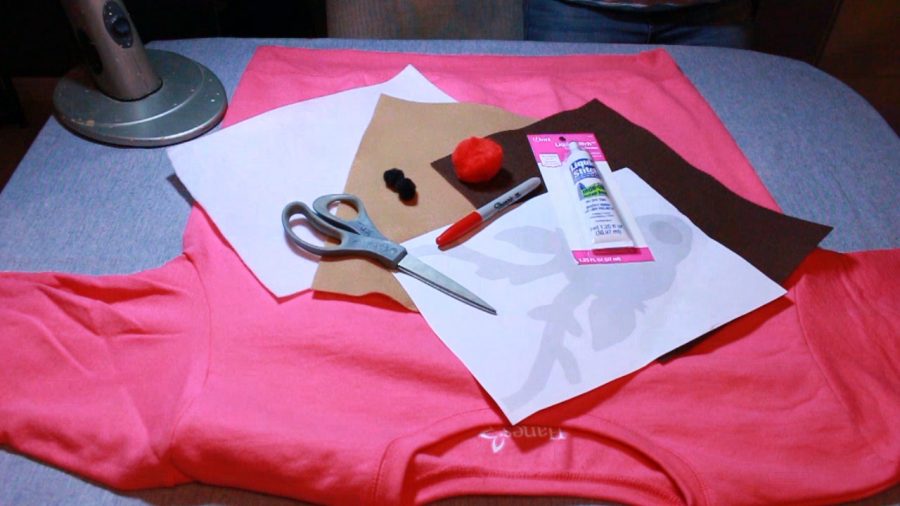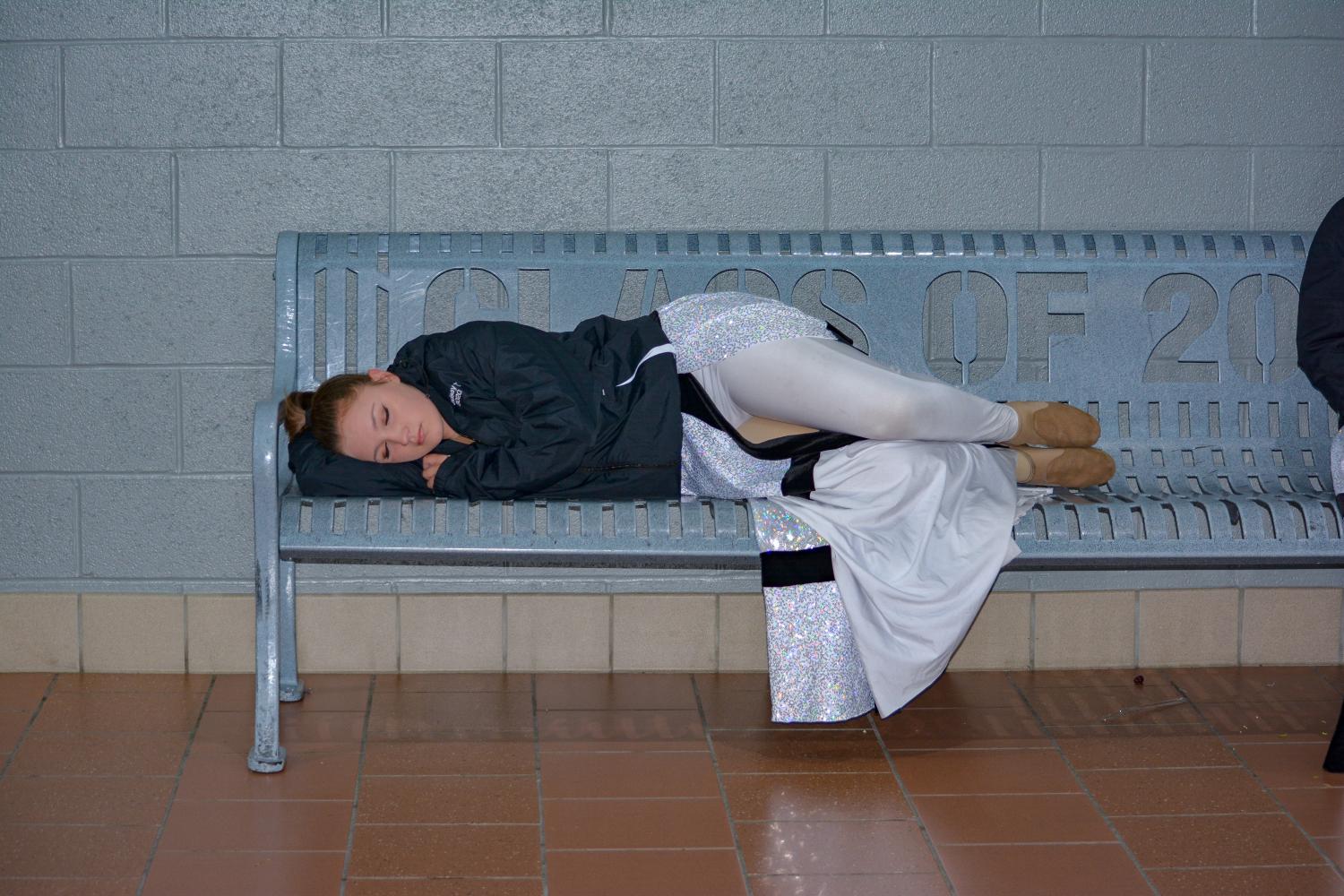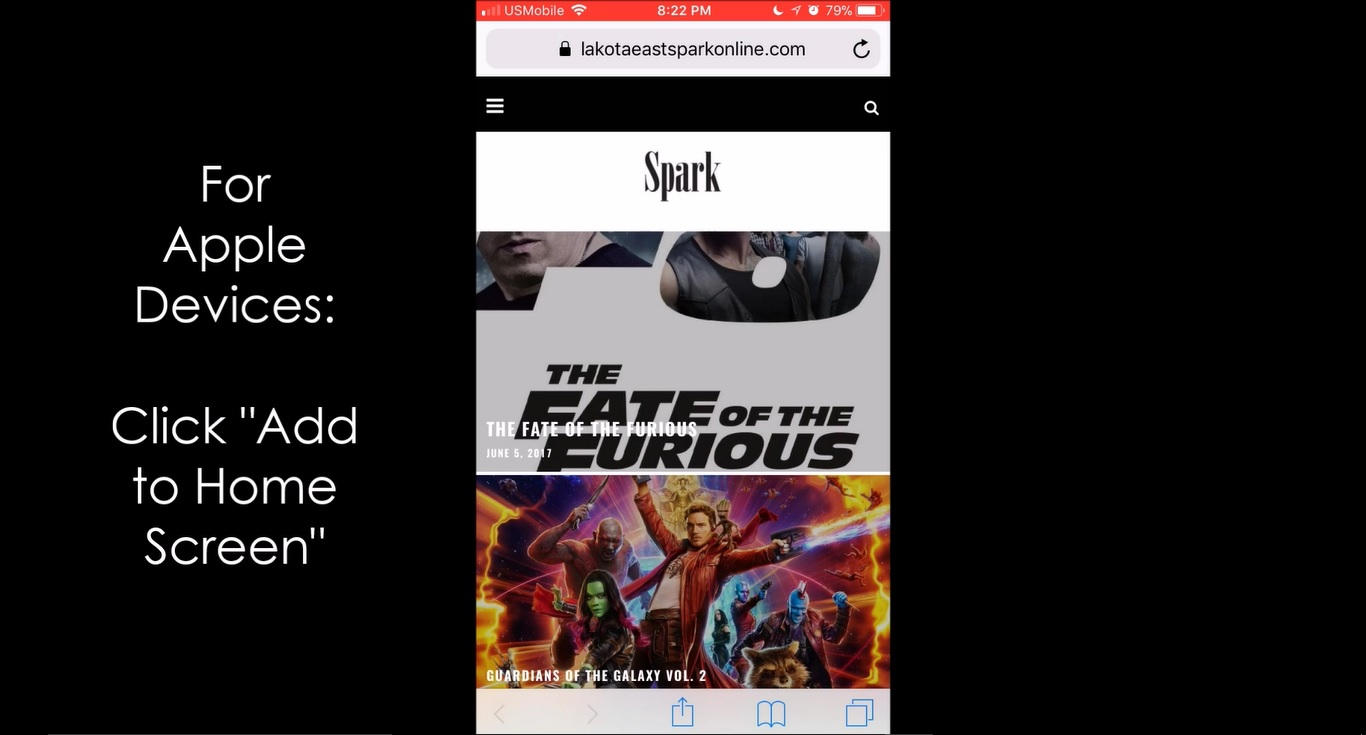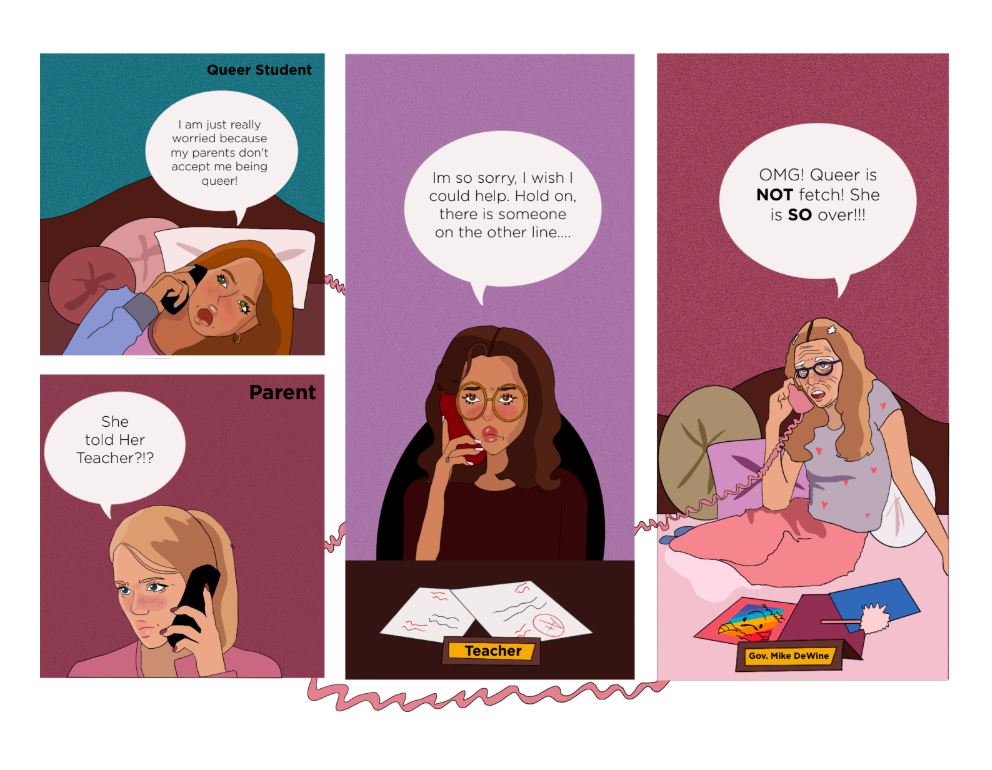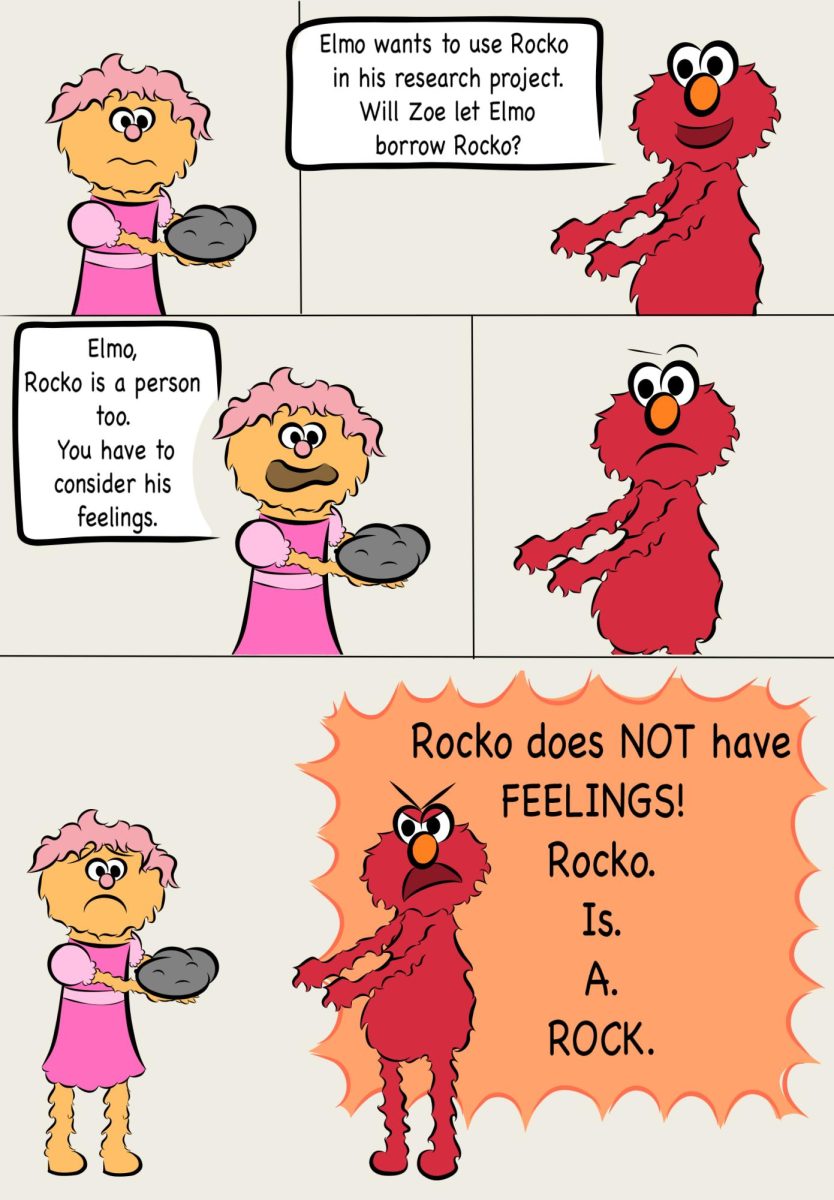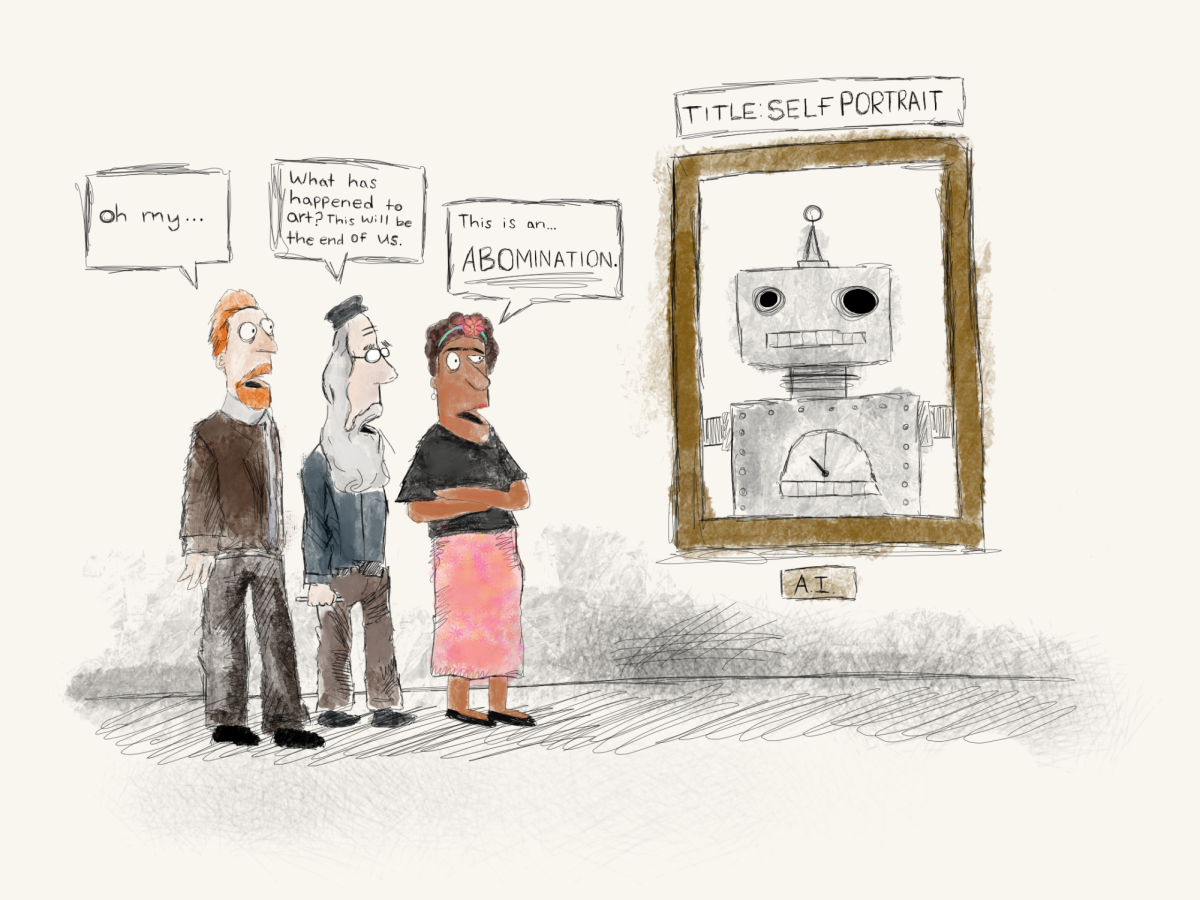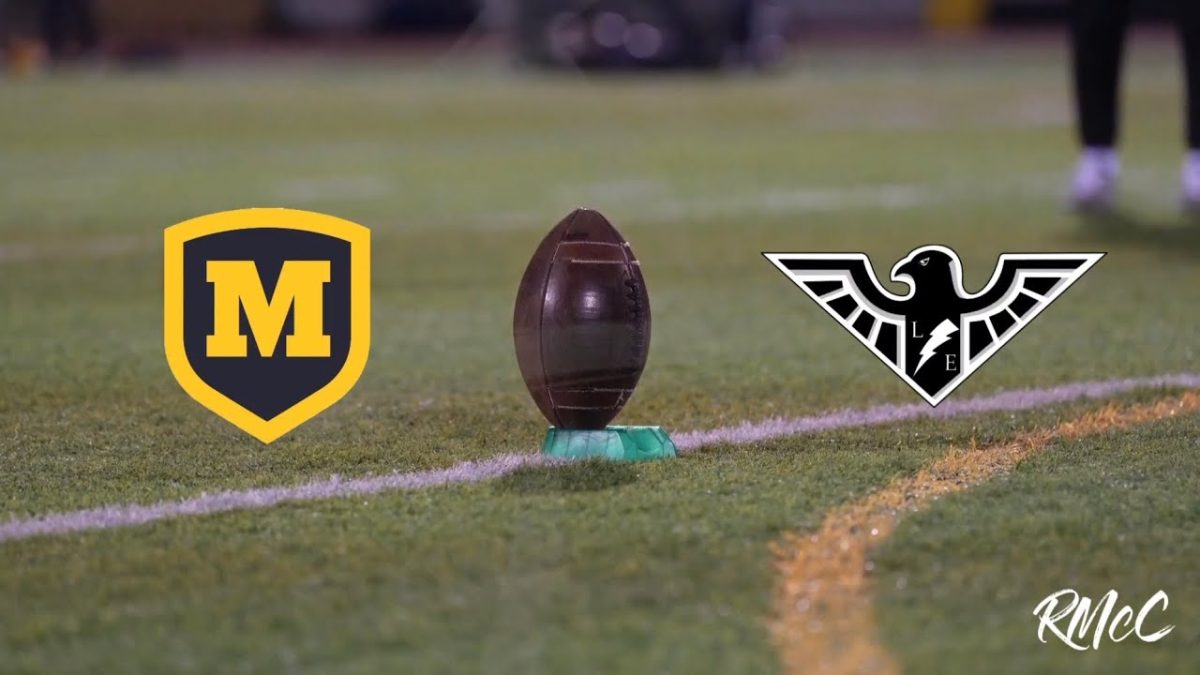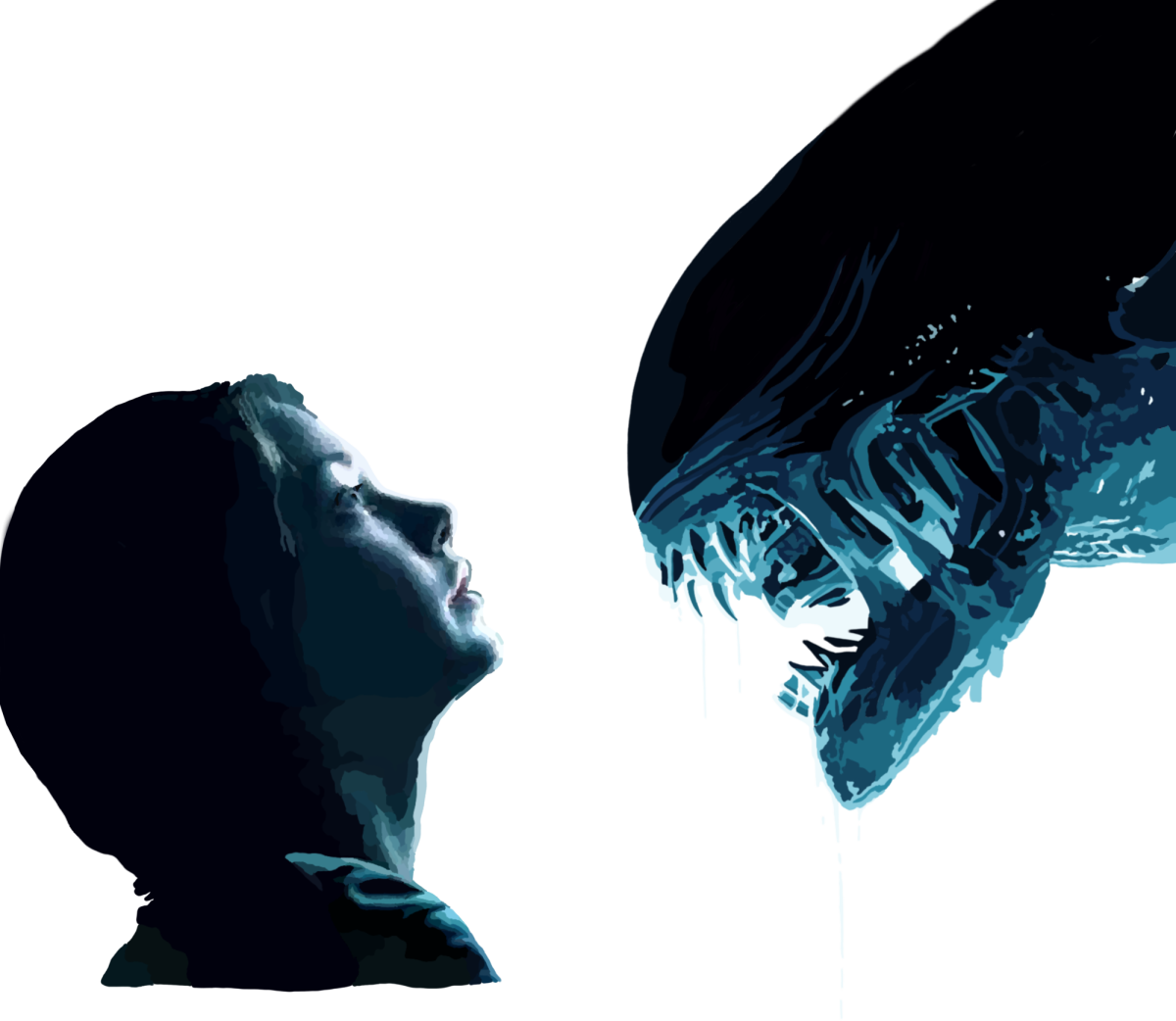The long-lasting science fiction thriller series that started in 1979 with the movie “Alien” has finally been continued. The ninth installment to this series is “Alien: Romulus,” which was released in August 2024.
According to the Internet Movie Database (IMDb), with a budget of $80 million, “Alien: Romulus” grossed $285.3 million worldwide in just three weeks. The domestic opening weekend alone profited $42 million. This made it the second most successful movie in the franchise behind the 2012 movie “Prometheus,” which grossed $51.1 million during the opening weekend.
Part of what made the first “Alien” such a good movie was its high quality when compared to the era of movies it was released in. Even if it was released today, it would still be considered a high-quality movie with impressive special effects and props. “Alien: Romulus,” however, was not groundbreaking when compared to other current-day movies. Even so, “Alien: Romulus” mirrored the classic prop useof xenomorph puppets for some special effects as a nod to the original.
According to Time Magazine, “Alien: Romulus” takes place in between “Alien” and “Aliens.” The characters, including Rain Carradine (Cailee Spaney) and her synthetic brother Andy (David Jonsson), enter a space station owned by the company called Weyland- Yutani, the main antagonist behind the “Alien” series. Rain was the classic lead woman in “Alien: Romulus,” and she was supposed to be similar to Ellen Ripley (Sigourney Weaver). While Spaney’s performance did echo Weaver’s, Ripley is one of the most iconic movie characters and Weaver is not easy to outperform.
The only character connection between the original “Alien” and “Alien: Romulus” was the actor Ian Holm. In “Alien,” he played Ash, a synthetic who was destroyed at the end of the movie. So, it was surprising to see Holm again, not only because his character had died, but because Holm passed away in June 2020. According to the Los Angeles Times, his likeness was created with an AI and computer generated face and an animatronic body, but it was still obvious that he was not a live actor.
This method of resurrecting an actor was not completely ethical. While permission from Holm’s estate was given, he was still not alive to give his consent. Holm’s character was also not the same as the first movie. Rather than being the same synthetic as in “Alien,” he was a different synthetic of the same model named Rook. It was ironic how the artificial person in the movie was also artificially created. However, that originality dissolved in the fourth act. “Alien” movies are known to have a twist that makes the situation even more dangerous. When attempting to recreate this iconic conclusion, “Alien: Romulus” completely fell off the tracks. Kay (Isabela Merced) gave birth to a monster that was half-human and half-alien, a reflection of what happened in the movie “Prometheus.”
However, this time around, the plot twist completely changed the tone of the movie from an artful thriller film to basic horror. There was no ingenuity in the design of the monster, and it was a slenderman- esque, uncanny valley creature whose likeness has been used in countless other horror films. It had such little scare factor to the point of becoming comedic.
The character who absolutely carried the movie was the synthetic Andy. He took on the classic science fiction question of whether or not robots are able to feel emotions and defy their programming. The chilling scene where Andy decides not to open the spaceship door for Kay when she was trapped with an alien was one of the most iconic scenes in the film.
Later, it is left up to interpretation whether or not Andy made his own decision, but it is inferred that he made the conscious choice to allow his programming to change from doing what was best for Rain to doing what was best for the both of them. The audience leaves feeling satisfied that both characters survived because their bond is the soul of the film.
Robots, aliens, and a fierce heroine: “Alien: Romulus” checked all the boxes to be in the “Alien” film series. However, just about everything else about it was disappointing and not true to the innovation of the originals.




























































